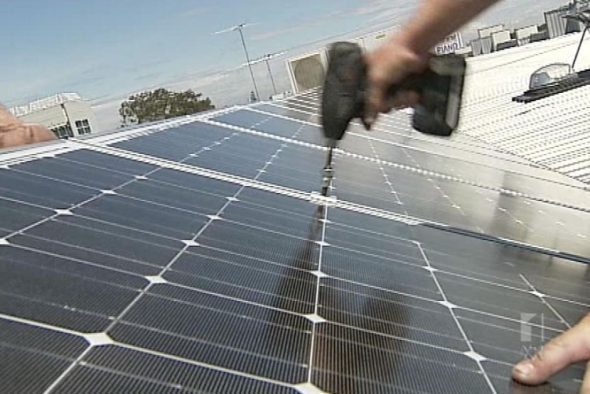Prime Minister Julia Gillard’s speech about the need for electricity market reform is hugely welcome, but it highlights some of the challenges that the solar PV industry will face in the near and medium term future.
Gillard today outlined her plan to gain COAG agreement on changes to energy pricing regulation, moving energy towards a service than a commodity, and recognising the value of demand management and energy efficiency.
But like the rest of Labor, she and her advisors do not yet get solar. As Energy Minister Martin Ferguson and Climate Change Minister Greg Combet have said in recent weeks, Gillard trotted out the old canard: solar PV is the plaything of the rich. And who should we blame for such nonsense? Well, let’s start with AGL Energy.
Here’s the quote from Gillard’s speech:
“As a recent AGL Energy review noted, while wealthier households can cut power costs through more efficient devices and solar panels, the poorest customers are exposed to the full cost of the increases.
“As a Labor Prime Minister, I feel very deeply concerned about the plight of pensioners and poorer families who spend a greater proportion of their income on power.
“The less disposable income you have, the harder it is to manage large lumpy bills, like power bills. And buying clean energy appliances – everything from new and more efficient whitegoods to rooftop solar panels – is plainly easier if you earn more.
“Solving these kinds of problems in people’s real lives is exactly the kind of thing Labor Governments are elected to do.”
That last bit is critically important. Solar PV is on the cusp of becoming a game changer in Australia because it is able to deliver electricity to households cheaper than via the grid. Some say it could be the the first mass-market for solar PV in the world. Its availability will increase massively as new financing models are introduced that offer zero cost upfront. That message is understood by some, but not by many. It has the potential to change the nature of the electricity debate and the political debate too.
AGL Energy is happy – via its highly influential series of economic papers – to demonise solar PV as a rich person’s indulgence that penalises the poor, because having great swathes of panels installed across the roofs of Australia, as envisaged by recent AEMO forecasts, does not fit easily into its business model. Nor does it fit easily with other generators and network operators, which is why many are trying to push back against its deployment with tariff changes and other regulation as we highlighted in this story How utilities propose to kill solar PV.
Yet, solar is having a demonstrable impact. According to the REC Agents Association, an industry body, the combination of energy efficiency and solar PV will reduce demand on the network by around 10,66gGWy, or 5 per cent, by 2015. Around one fifth of Australian households already have solar power or a solar hot water system.
The challenge for the solar industry is to make sure that their message is understood – not just by the public, but by the politicians too.








